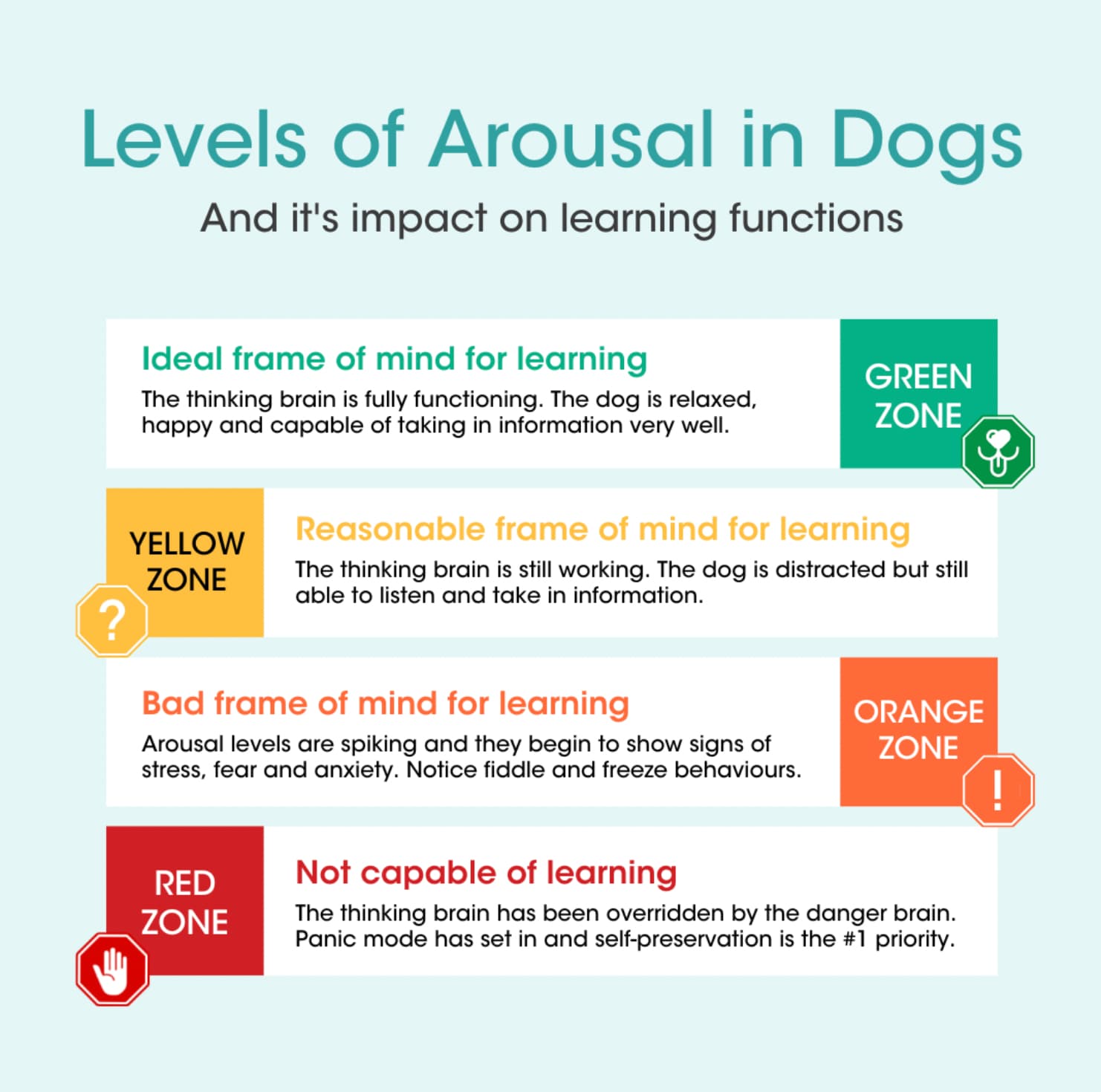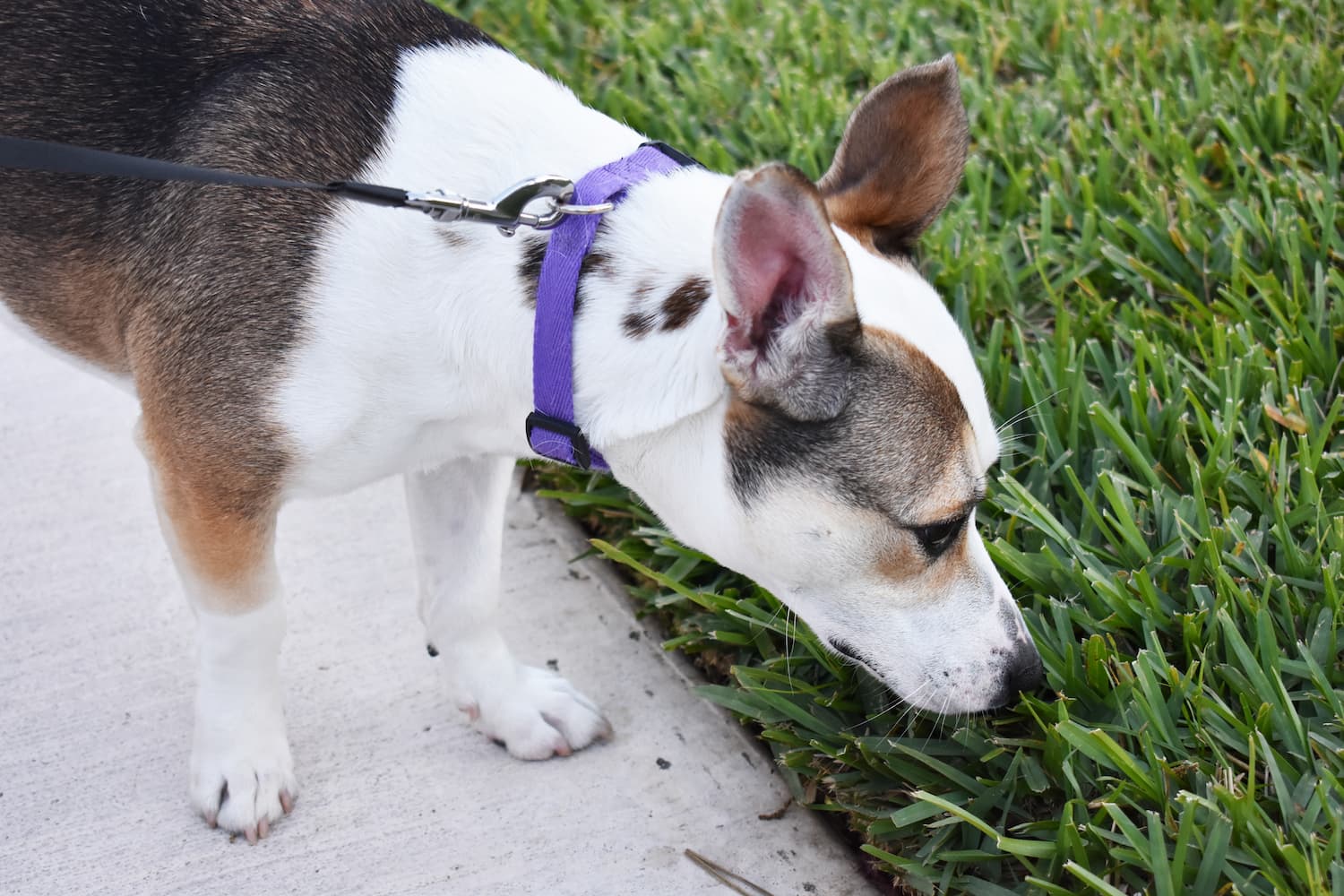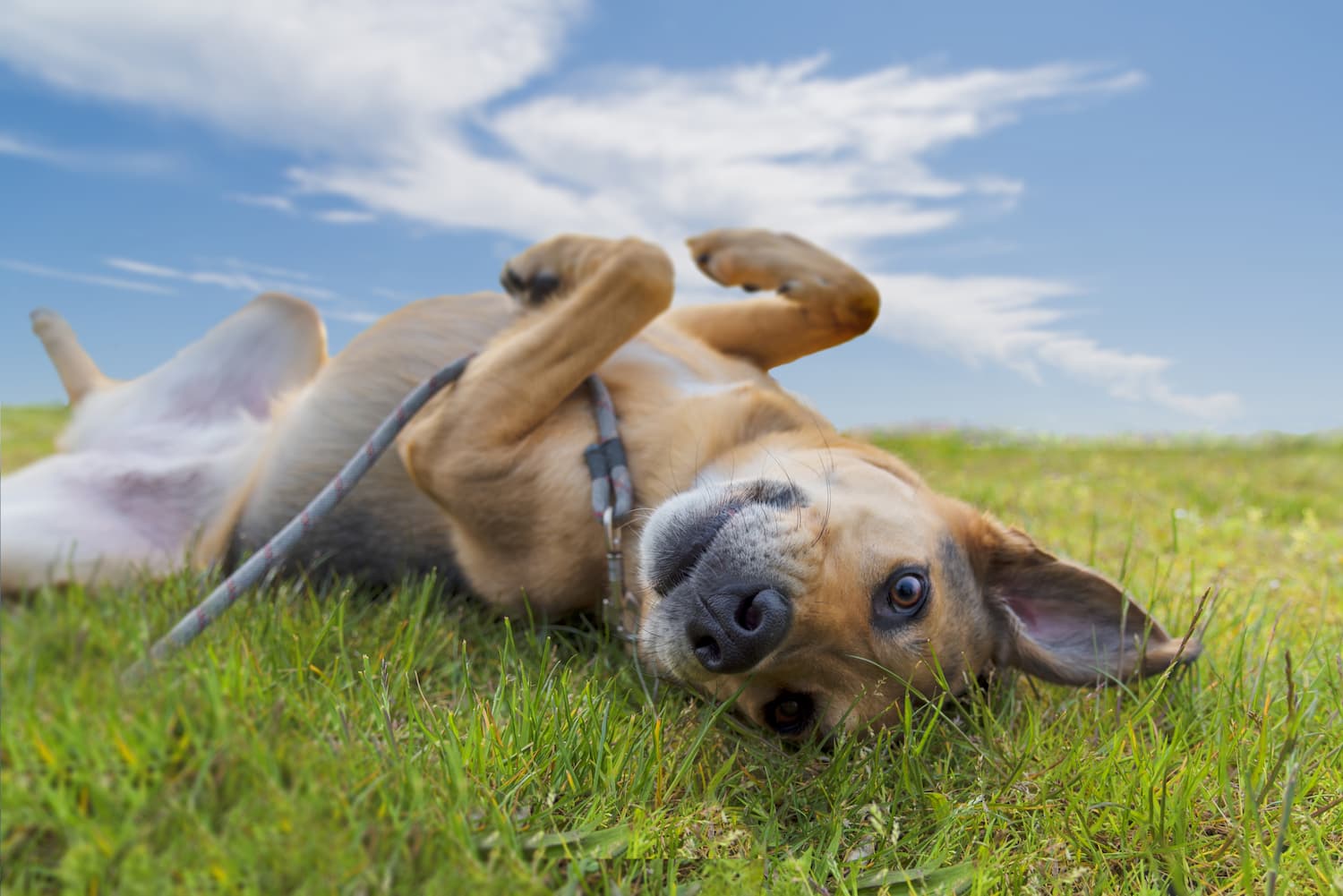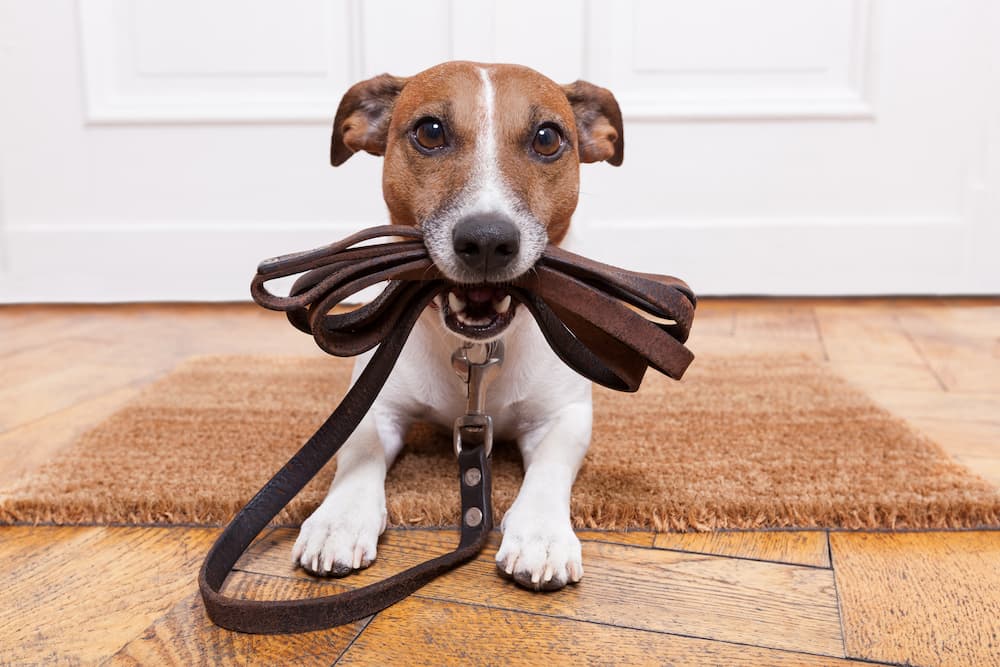Did you know that walking your dog entails much more than just meandering around the streets of your neighbourhood? A walk is an effective way to stimulate your dog mentally and physically, but the key to a successful walk is understanding how to meet your dog’s needs while pounding the pavement!
There are multiple methods to approach a walk, structured, unstructured, a ‘sniffari’, agility, or decompression. The various types of dog walks serve different purposes, and factors like age, health, energy levels, breed, and behaviour can impact the type of walk your dog needs.
Once you have all your dog walking essentials, like a harness, sturdy lead, poop bags and any ball launchers and other toys, you can head out and start your adventure. The goal of a walk is not to exhaust the dog – while exerting their energy is important, a tired dog is not always a happy dog.
So, let’s dig deeper into the different styles of dog walks you can enjoy with your furry friend.
Learn the 5 styles of dog walking
1. Structured
A structured walk is exactly what it sounds like! A structured dog walk achieves a specific goal or task. A structured walk can be as simple as getting into a routine, working on training such as loose leash walking or working on behavioural issues such as reactivity. A structured walk should only be done when the dog is in the green or yellow zone of learning, meaning their arousal levels are managed and they are capable of listening and it will be constructive.
 2. Unstructured
2. Unstructured
An unstructured walk can be used to meet all kinds of needs – from simply getting in some exercise, engaging in play with other dogs, or as a bonding activity. An unstructured walk is the most common type of walk for dogs and, unless the pet has behavioural issues or quirks, provides an opportunity for the dog to meet their physical and mental needs at their own pace.
3. A Sniffari
A walk dedicated to mental stimulation, it simply provides an opportunity for the dog to follow their nose at their own pace to create calm but fulfilling mental stimulation. A sniffari should have no finish line, no time, distance, location or any other expectations and the lead should always be loose.
 4. Agility
4. Agility
An agility walk is the next step to level up a walk, providing an opportunity for mental and physical stimulation to be combined. Ideal for high-energy dogs, such as working breeds you don’t need any fancy equipment or skills. You can simply use the kid’s play-ground at the park (if it’s empty of course) or your backyard. Teaching the dog to jump, manoeuvre around or explore different terrains, heights etc is an easy way to start and see if it’s right for them.
5. Decompression
An extremely important activity for every dog, decompression provides an opportunity for the dog to reduce stress, learn to self-settle, create healthy habits, maintain their mental well-being and much more. A sniffari is a type of decompression walk but there are plenty of other opportunities on a walk to decompress. For a dog, decompression can be: rolling in the grass, long line walks or other things specific to your dog’s personality.
 Which dog walking style will you practice next?
Which dog walking style will you practice next?
So there you have it – now that you’re familiar with the different types of dog walks and their unique benefits, you can tailor your outings to suit your canine companion’s specific needs. Structured walks offer mental focus, unstructured walks provide freedom and bonding time, sniffaris and agility walks offer mental and physical challenges, while decompression walks ensure your dog’s overall well-being.
Each dog walking style has something special to offer, so mix and match to keep your dog engaged, happy, and healthy on every adventure. Remember, it’s not just a walk—it’s an opportunity to unleash the joy of exploration for your furry friend!
Need someone to take the leash?
We get it, with many responsibilities it can be challenging to find the time each day to take your furry friend for the walk they need and deserve. That’s why we have an abundance of Dog Walkers all around Australia, ready to take the lead.

